Earlier this month, we had the opportunity to hear from some of the finest minds in online selling at the North American E-tail Operations Summit 2018.
Held in San Francisco, the summit gathered executives from across the realms of digital and retail, including Google, Nordstrom, Facebook, Johnson & Johnson, and our client Glossier.
As well as posting highlights to the hashtag #NAEOS18, we gathered our favorite moments and some key takeaways for any of you who couldn’t attend this unique event.
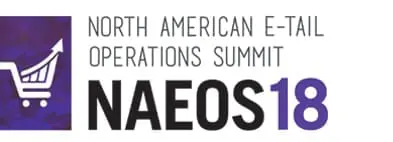
Highlights and Takeaways from NAEOS 2018
As global ecommerce expands and evolves from its early role as a space for disruptive startups and a support function for established retailers, leaders in almost every marketplace need to keep up with the trends that define online shopping.
In North America, that means exploring new and diverse routes to reach customers and exceed their expectations by understanding what they want, when and where they want it.

Neil Ackerman from Johnson & Johnson (above) opened up the event. With a background that includes roles at Amazon.com, Mondelez International, and now a senior supply chain role at J&J, it’s fair to say he has observed the evolution of ecommerce from various perspectives.
Embracing the dynamic nature of online retail is the first step to becoming a competitive brand in modern retail. Anticipating and adapting to new trends, customer demands, and seemingly constant disruption to previously established models is the new normal. While Ackerman’s former employer Amazon kickstarted this movement more than two decades ago, new players enter the market every year and present new concepts that retailers must assess quickly and decisively.
At the same time, the expectations of customers grow more demanding by the day (or the hour, in the case of same-day delivery!). They expect to see the same level of service across diverse retail channels, all of which should result in a seamless purchase experience. That means having a wide selection of products available quickly and conveniently, be it in-stock at a retail store or ready to ship quickly from a fulfillment center, often at little or no cost to the customer.
The greatest challenge for senior leaders in retail? Meeting and even exceeding these requirements on a consistent basis without sacrificing profitability.
The themes of innovation and dynamic adaptation ran through every day of the summit.
Exploring the complexity of modern supply chains (see below), Nordstrom’s Jason Trusley showed attendees just how important it is to innovate and improve every aspect of order fulfillment. From omnichannel strategies to last-mile delivery initiatives and everything that happens in-between, retailers who fail to keep up with consumer expectations will fall behind competitors more quickly than ever.
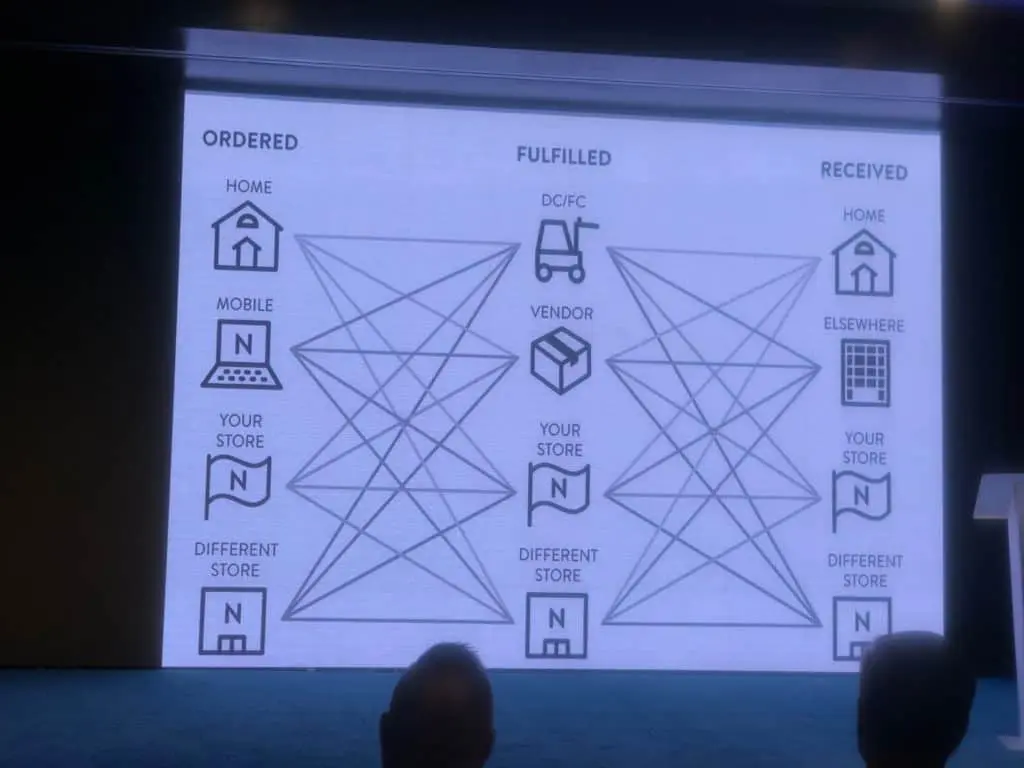
Of course, as much as physical delivery matters, delivering a unique customer experience online is another crucial aspect of building a brand.
The idea of using digital channels to meet modern buyers where they hang out online was most evident in Glossier’s look at the rise of D2C (direct-to-consumer) brands.
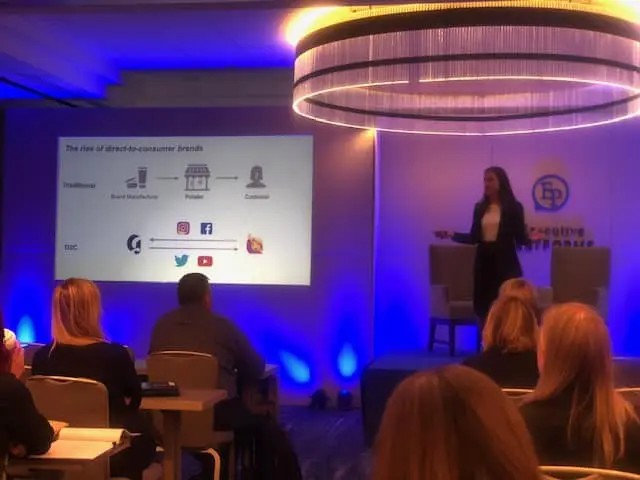
VP of Product Operations Lindsay Smith, pictured above, explained how platforms like Instagram and YouTube are much more than just promotional channels for this high-growth beauty brand. Social media provides a space for these brands to share their expertise, showcase the best ways to use their products, and generally establish a connection with their customers that traditional retailers have found harder to build.
With that idea of direct connection and relationship-building in mind, it should come as no surprise that two of the most anticipated presenters at NAEOS18 were from online giants Facebook and Google.
While both dominate the conversation about technology and life online, each of these companies bring different opportunities for brands to connect with customers.
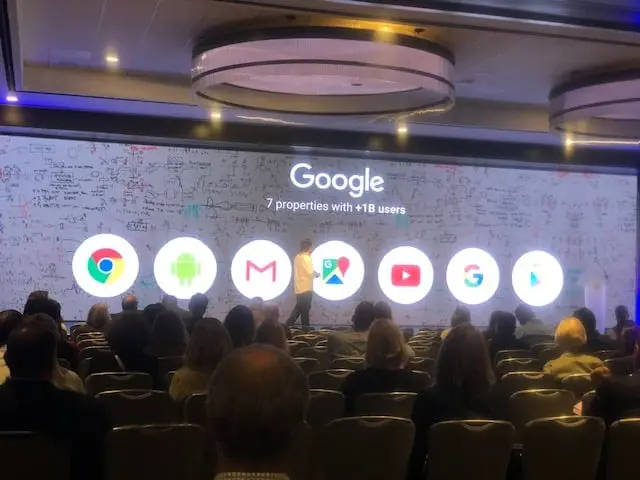
For its part, Google is experimenting with ecommerce on many fronts. With more than one billion users spread across its various digital properties, perhaps that’s to be expected.
Traditional search engine queries, for example, have long been an important part of the online customer journey. However, the company’s deep integration with mobile technology via Android, the rise of influencer marketing on YouTube, and the emergence of Google Express all point to a prominent role in the next generation of retail. The latter’s Head of Transportation Demian Respall talked to the crowd about organizing global inventory in such a way that shopping becomes seamless, online and off.
For Facebook Head of Industry and Enterprise Ecommerce Omar Zayat (below), how and why people in the US use his platform plays a fundamental role in how retailers can engage with them.
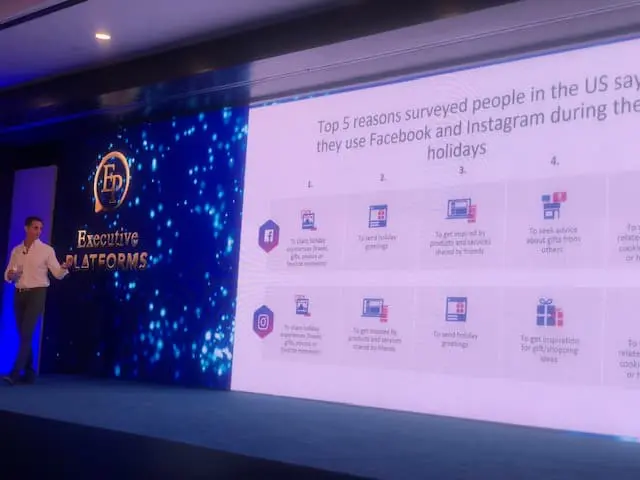
Some of the key takeaways here – and from other presenters on the topic of connection – include:
- The importance of relevant content and authentic engagement with customers.
- The role of influencers and referral potential from widely shared content.
- How crucial mobile devices have become at every stage of the customer journey.
Facebook also owns Instagram, of course, which is arguably even more influential than its parent company when it comes to defining tastes and turning customers into fans of a brand.
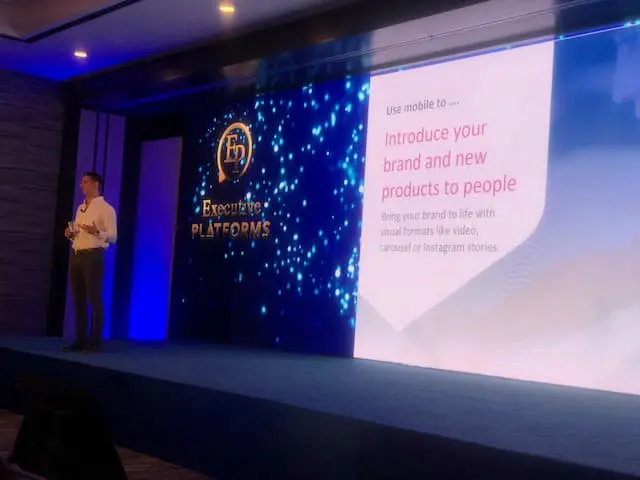
From a fulfillment perspective, reliability and efficiency are key to delivering for our clients. Put simply, when we meet their performance requirements, our clients keep a promise to their customers.
As we often say, clients literally put their brand in our hands. That great responsibility was emphasized further still at NAEOS18. We look forward to rising to the challenges ahead as ecommerce continues to evolve in new and exciting ways.
